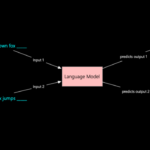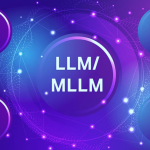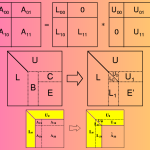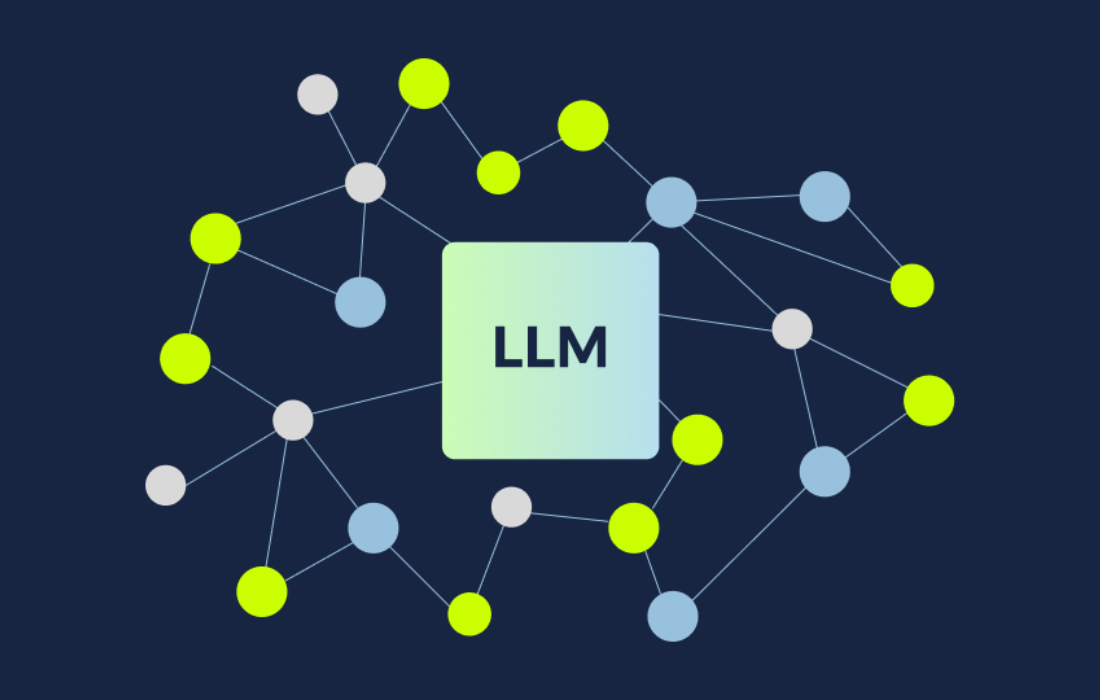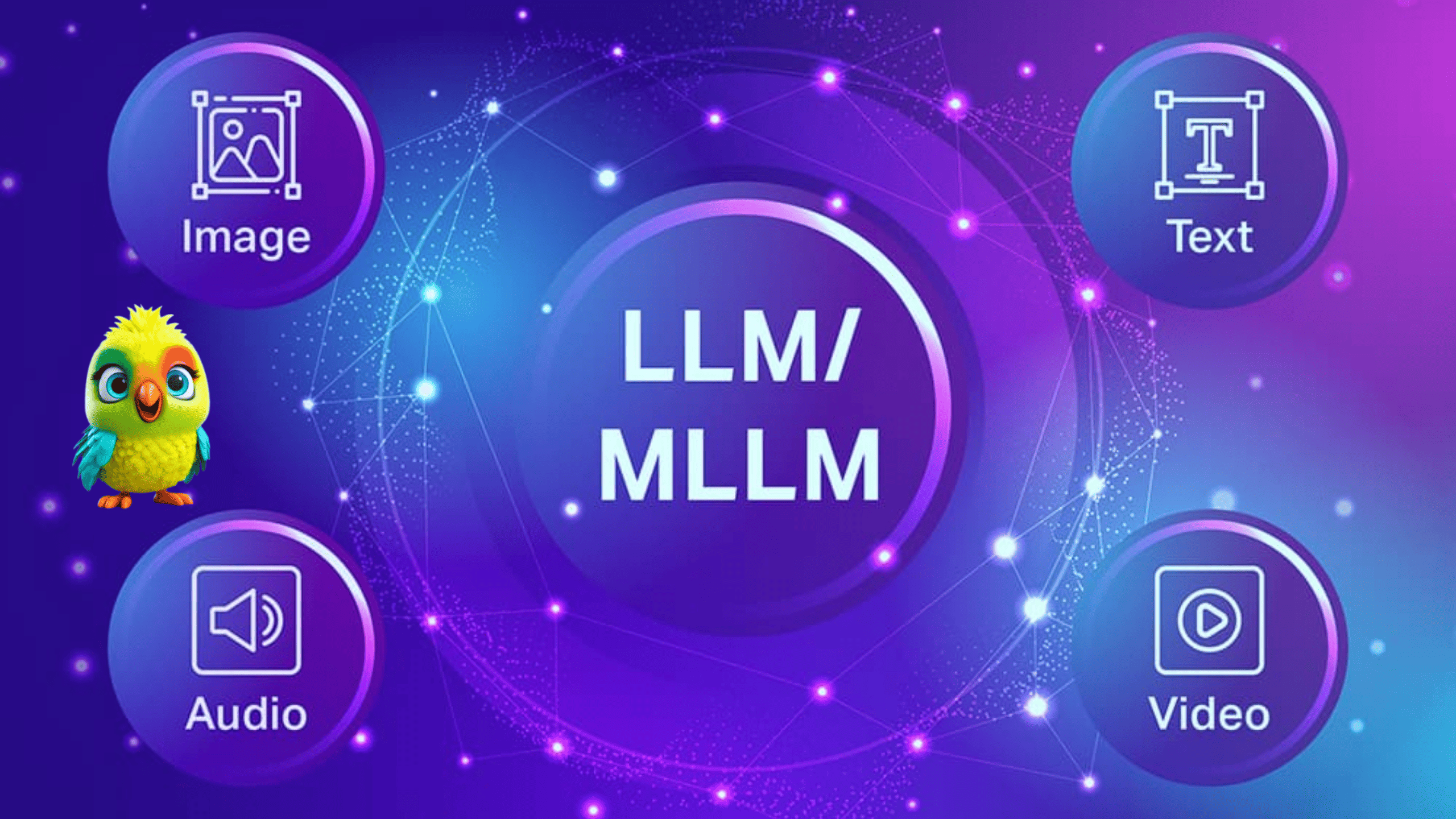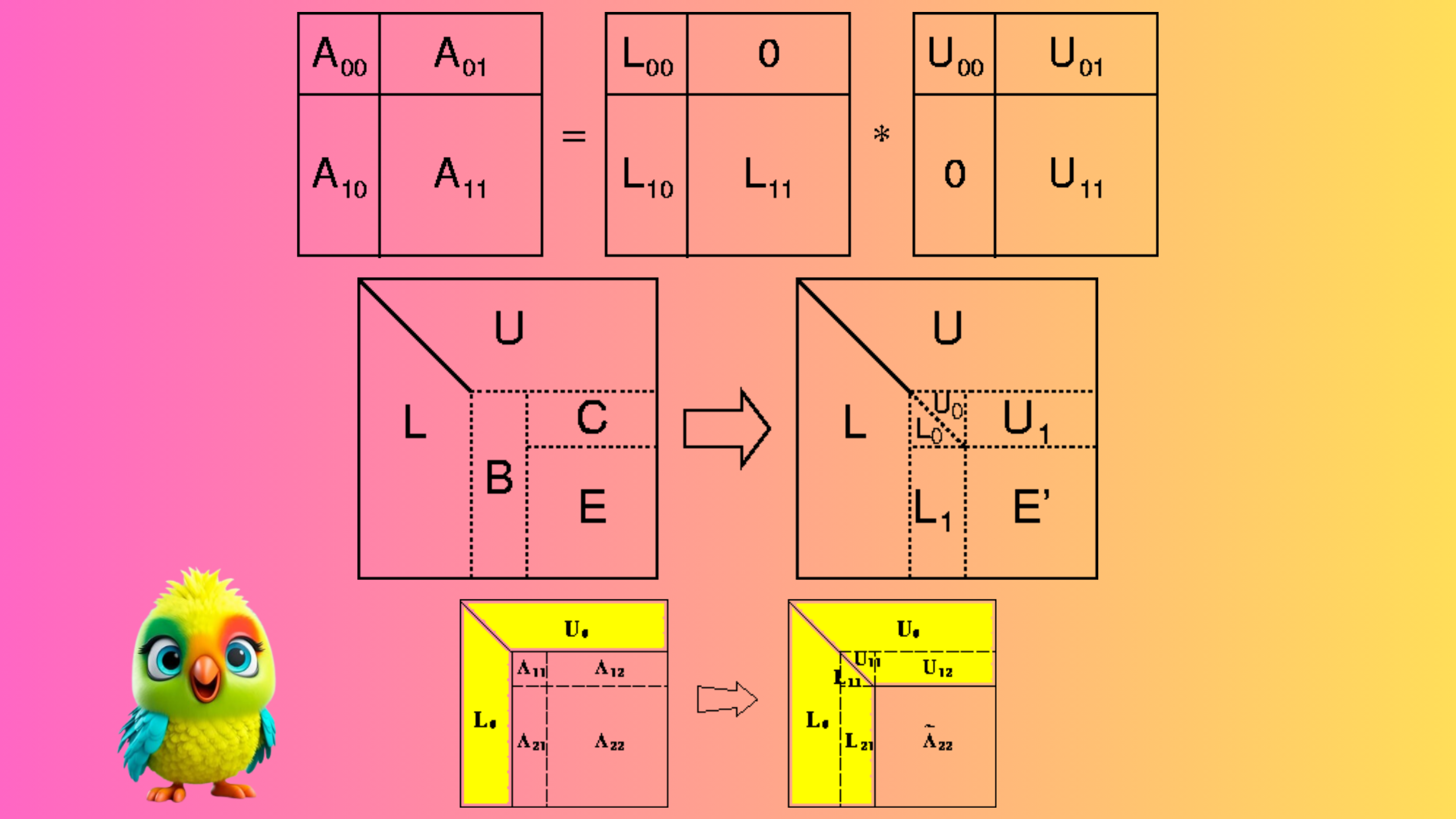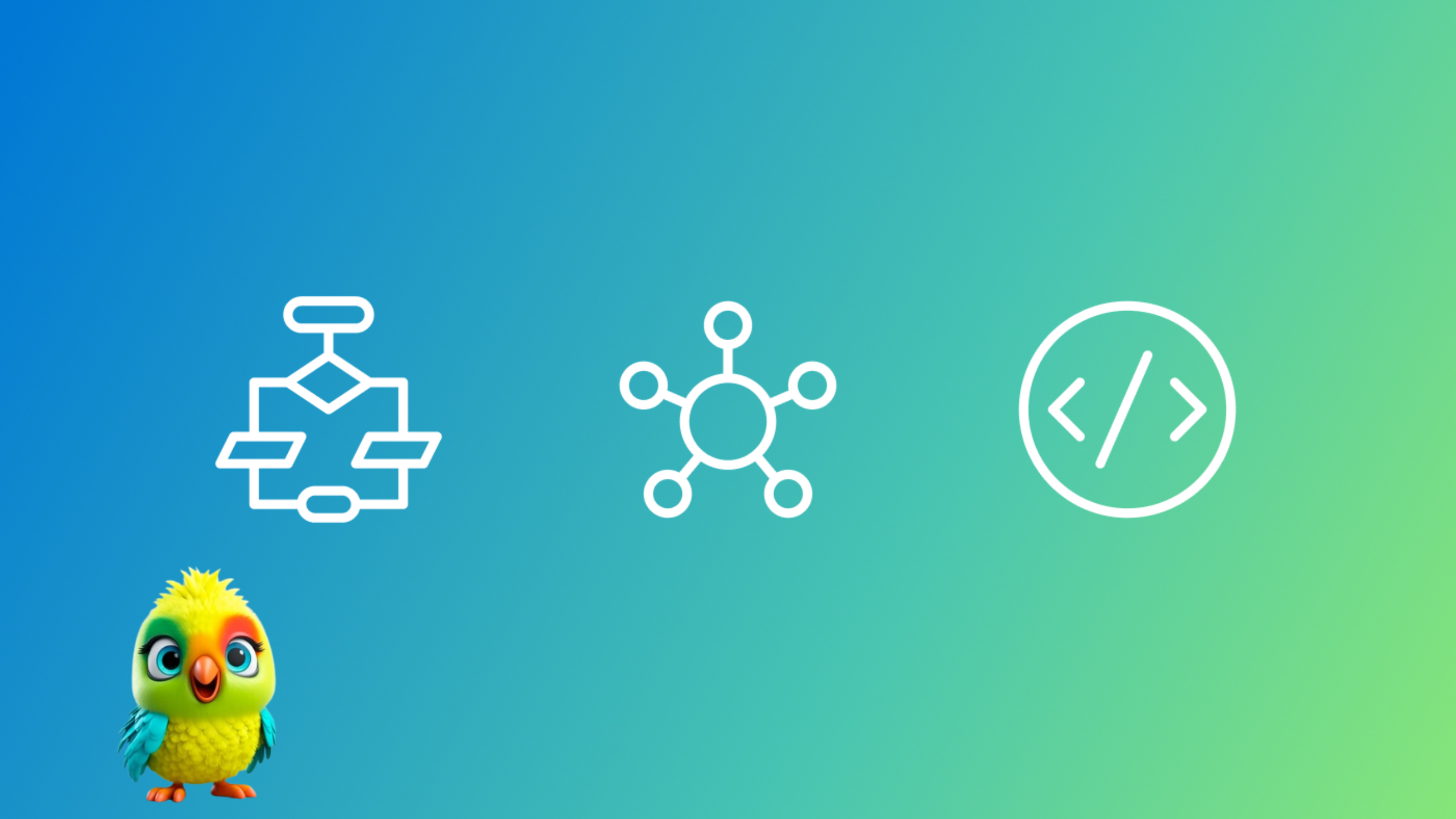Key Concepts Explained
- Large Language Models (LLMs):
– LLMs are sophisticated AI systems designed to understand and generate human language. They are trained on vast amounts of text data, learning the structure and nuances of language, enabling them to perform tasks like translation, summarization, and conversation.
- Fine-Tuning vs. Pre-Training:
– Pre-Training: In this phase, a language model is trained on a diverse dataset to learn general language patterns. This stage is unsupervised and helps the model acquire a broad understanding of language.
– Fine-Tuning: After pre-training, models undergo fine-tuning where they are trained on specific datasets to perform particular tasks. This stage is supervised, involving labeled data, and tailors the model’s capabilities to meet expected outcomes in targeted applications.
- Seven-Stage Pipeline for Fine-Tuning:
– Dataset Preparation: Collect and clean data suitable for training, ensuring quality and representativeness.
– Model Initialization: Prepare the base model and necessary configurations for fine-tuning.
– Training Environment Setup: Ensure the hardware and software environments are ready for efficient training.
– Partial or Full Fine-Tuning: Decide whether to fine-tune the entire model or specific layers, depending on the task.
– Evaluation and Validation: Assess the model’s performance using specific metrics to ensure it meets the desired objectives.
– Deployment: Launch the model for end-use applications in real-world settings.
– Monitoring and Maintenance: Continuously check the model’s performance post-deployment to ensure it remains effective and relevant.
Step-by-Step Explanation of Fine-Tuning
Step 1: Dataset Preparation
– Why it Matters: The quality of your model is directly influenced by the data it’s trained on. Poor quality data leads to poor performance.
– What to Do:
– Collect a relevant dataset aligned with your task (e.g., chat data for conversational models).
– Clean and preprocess the data (removing duplicates, normalizing text).
– Address any imbalances (ensuring no categories dominate).
Step 2: Model Initialization
– Why it Matters: Proper initialization helps the model to converge faster and achieve better performance.
– What to Do:
– Select a base model like BERT or GPT.
– Load pre-trained weights and set the architecture for the specific tasks.
Step 3: Training Environment Setup
– Why it Matters: The environment needs to support efficient model training, which may require considerable computing power.
– What to Do:
– Ensure access to powerful GPUs or TPUs.
– Install necessary libraries, such as TensorFlow or PyTorch.
Step 4: Partial or Full Fine-Tuning
– Why it Matters: Helps in determining how much of the model’s knowledge needs recalibration.
– What to Do:
– Select specific layers to train if computational resources are limited.
– Consider full fine-tuning for tasks requiring a broader range of adjustments.
Step 5: Evaluation and Validation
– Why it Matters: To ensure the model performs adequately and is not overfitting to the training data.
– What to Do:
– Use metrics such as accuracy, precision, and F1-score.
– Validate using separate test datasets.
Step 6: Deployment
– Why it Matters: To make the fine-tuned model available for practical use.
– What to Do:
– Package the model and integrate it into an application.
– Conduct test runs to ensure functionality in real-world scenarios.
Step 7: Monitoring and Maintenance
– Why it Matters: Models may degrade over time as language and context changes.
– What to Do:
– Set up logging and monitoring systems to capture performance.
– Plan for periodic retraining or adjustments based on feedback.
Advanced Techniques
– Parameter-Efficient Fine-Tuning (PEFT): Approaches designed to reduce resource consumption during fine-tuning without compromising on model performance.
– Proximal Policy Optimization (PPO): A reinforcement learning algorithm that improves model alignment with human preferences effectively.
Additional Resources for Further Study
– Online Courses:
– Coursera and edX offer courses on NLP and machine learning that cover these concepts in detail.
– Books:
– “Deep Learning for Natural Language Processing” provides insights into the theories and applications of LLMs.
– Practical Libraries:
– Hugging Face’s Transformers library is an excellent resource for building and fine-tuning language models with accessible documentation.
Conclusion
By understanding these concepts and methodologies surrounding the fine-tuning process of LLMs, practitioners can effectively optimize these powerful models for a variety of applications. The combination of theoretical knowledge and practical application creates a rounder understanding of how to leverage LLMs in natural language processing tasks.







